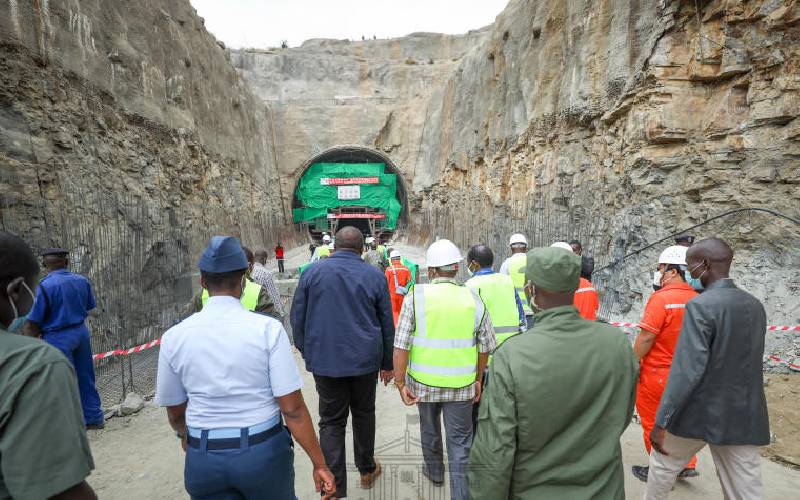×
The Standard e-Paper
Smart Minds Choose Us

President Uhuru Kenyatta during the inspection tour of Thwake Dam in Makueni County which is currently under construction.[PSCU,Standard]
The Sh42 billion multipurpose embankment Thwake Dam is set to be complete in June next year.